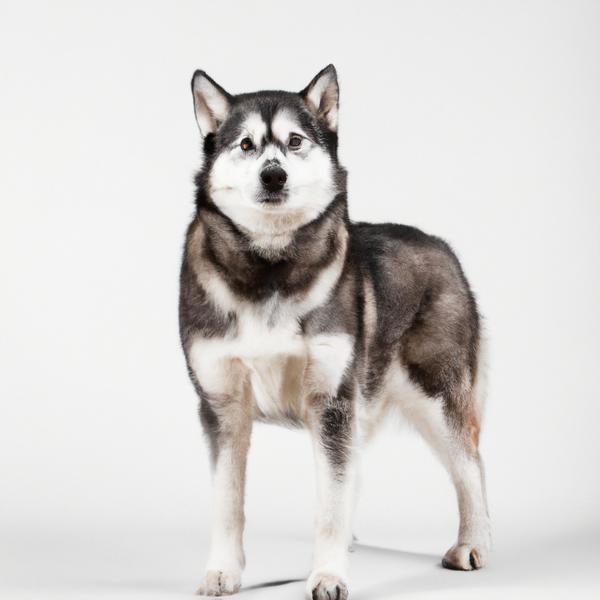Huskita vs. Swissy Saint: Breed Differences and Similarities
Hypoallergenic
Are Huskitas or Swissy Saints hypoallergenic, or neither?
Unfortunately, neither Huskita nor Swissy Saint are hypoallergenic, which may not make them the best choice for dog lovers who suffer from pet allergies.
Temperament
What are the personalities of Huskita and Swissy Saint dogs?
Dignified
Independent
Protective
Alert
Courageous
Intelligent
Friendly
Outgoing
Responsive
Docile
Gentle
Faithful
Vigilant
Willing
Independent
Happy
Protective
Alert
Friendly
Devoted
Gentle
Going
Social
Selfish
Fearless
Good-natured
Quiet
Confidence
Shedding Level
Do Huskitas shed more than Swissy Saints, or which breed sheds more, Huskitas or Swissy Saints?
Huskitas shed a lot of hair each year, so frequent brushing is essential for reducing shedding and maintaining coat health.
Swissy Saints are moderate shedders, but regular brushing can reduce shedding and maintain coat health.
Watchdog Ability
Which dog breed makes a better watchdog, the Huskita or Swissy Saint?
Huskitas aren't great guard dogs; they tend to just watch without taking action.
Swissy Saints make excellent watchdogs - they're vocal and protective of their territory.
Origin
What is the origin of Huskita and Swissy Saint dog breeds?
United States
Switzerland
Ancestry
What are the origins of Huskita and Swissy Saint breeds?
Akita, Siberian Husky
Greater Swiss Mountain and Saint Bernard
Breed recognition
Which kennel clubs recognize/register Huskita and Swissy Saint?
DRA = Dog Registry of America, Inc.
ACHC = American Canine Hybrid Club
DRA = Dog Registry of America, Inc.
Date of Birth
When were Huskita and Swissy Saint breeds first developed?
1990s
Unknown
Eye Color Possibilites
What are the eye colors of Huskita and Swissy Saint dogs?
Brown
Brown
Amber
Nose Color Possibilites
What are the natural nose colors of Huskita and Swissy Saint?
Black
Black
Brown
Coat Color Possibilites
What are the natural colors of the coat for Huskita and Swissy Saint breeds?
White
Black
Gray
Red
Sable
Brown
Fawn
Silver
Black
Brown
Red
Cream
Fawn
White
Coat Length
What is the typical coat length for Huskita and Swissy Saint breeds?
Huskitas have medium-length coats.
Swissy Saints have coats that can be either short or medium in length.
Coat Density
What is the density of the coat of Huskita and Swissy Saint?
Coat Texture
What is the hair texture of Huskita and Swissy Saint?
Straight
Litter Size
What is the usual litter size for Huskita and Swissy Saint?
A Huskita can have a litter of 3-12 puppies on average. However, it's worth noting that the size of the litters can vary greatly. Factors that can influence litter size include the health of the mother, breeding history, and genetics.
A Swissy Saint can have a litter of 5-10 puppies on average. However, it's worth noting that the size of the litters can vary greatly. Factors that can influence litter size include the health of the mother, breeding history, and genetics.
Adaptability
Huskitas are highly adaptable and versatile, making them excellent companions for families and individuals of all lifestyles.
Swissy Saints are known for their adaptability and can adjust well to different environments and lifestyle changes.
Health Issues
Between Huskita and Swissy Saint, which breed is more prone to health problems?
While the Huskita breed is generally healthy, occasional vet check-ups are still necessary to address any health concerns.
Swissy Saints typically have low vet costs due to their good health, but it's important to monitor their health and seek vet care when necessary.
Major Concerns
What are the major health concerns for Huskita and Swissy Saint breeds?
Hip Dysplasia
Epilepsy
Bloat
Hemophilia
Laryngeal Paralysis
Autoimmune Thyroiditis
Progressive Retinal Atrophy (PRA)
vonWillebrand’s Disease
Entropion
Hip Dysplasia
Epilepsy
Wobbler's Syndrome
Digestive Problems
Minor Concerns
What minor health issues should be kept in mind when owning Huskita and Swissy Saint?
Elbow Dysplasia
Pemphigus
Sebaceous Adenitis
Zinc Responsive Dermatosis
Bloat
Occasional Tests
What occasional tests are recommended for Huskita and Swissy Saint breeds?
X-Rays
Blood Tests
Internal Imaging (x-ray, CT scan, MRI, etc.)
Buccal Mucosal Screening
Physical and Neurologic Examination
Skin Scrapings and Biopsies
Orthopedic Exam
Ocular Exam
Abdomen and Blood Tests
Throat Exam
Coagulation Analysis
Eye Examinations
Blood Tests
Complete Physical Examination
Diagnostic Tests
Energy
How do the energy levels of Huskitas and Swissy Saints compare?
For those who lead a balanced lifestyle, Huskita and Swissy Saint breeds may be a good choice as they have an average energy level.
Social Needs
Huskita vs Swissy Saint social needs comparison
Huskita has average social needs and is less independent than other breeds.
Swissy Saint has very high social needs and requires regular mental and physical stimulation, a job or purpose, and companionship.
Exercise Needed
Huskita vs Swissy Saint exercise need comparison.
Huskitas need moderate physical activity and are great for families and active individuals.
Swissy Saints require significant physical activity and suit those with an active lifestyle.
Sleeping Need
Which of the two sleeps the most/least: Huskita or Swissy Saint?
Huskitas sleep less than other breeds but still need adequate sleep for good health.
Swissy Saints have moderate energy levels and typical sleep patterns of 12-14 hours per day.
Tendency to Bark
Do Huskitas or Swissy Saints bark more/less frequently?
Compared to most other breeds, Huskita and Swissy Saint tend to be less vocal and bark less frequently. They typically only bark when necessary, such as to communicate or alert their owner, and do not bark excessively, especially when left alone.
Mouthiness
Mouthiness Comparison: Huskita vs Swissy Saint?
Roaming urge
Huskita vs Labrador: Running away tendency?
Prey Drive
Huskita or Swissy Saint - which breed has a higher level of prey drive?
Activity Level
Which breed has higher energy, Huskitas or Swissy Saints?
Huskitas are high-energy dogs. They need mental as well as physical exercise. These dogs require a lot of your involvement and without it they can, and will, become problematic dogs.
Swissy Saints are medium-energy dogs and typically enjoy socializing and playing casual or even sustained games of chase with other dogs. They may also have occasional periods of barking or racing around the house.
Tolerance of being left alone
Walks per Week
How many miles should Huskita or Swissy Saint walk each week?
There's really no limit to how far you walk your dog as long as they're comfortable. For Huskita, it's at least 14 miles / week. Just remember to build distance and stamina gradually over time.
There's really no limit to how far you walk your dog as long as they're comfortable. For Swissy Saint, it's at least 8 miles / week. Just remember to build distance and stamina gradually over time.
Activity per Day
Do Huskitas or Swissy Saints require more exercise?
In general most Huskitas usually need at least 90 minutes of exercise daily. This can be spread across the day and include all sorts of high-energy activities, like walking, running and playing.
In general most Swissy Saints usually need at least 45 minutes of exercise daily. This can be spread across the day and include all sorts of high-energy activities, like walking, running and playing.
Grooming
Which breed is easier to maintain in terms of grooming, Huskitas or Swissy Saints?
The Huskita requires an average amount of grooming compared to other breeds.
The Swissy Saint has low grooming needs and is easy to maintain.
Brushing Frequency
What is the recommended brushing frequency for Huskita and Swissy Saint dogs?
Huskita and Swissy Saint should be brushed at least once a week. Of course, you can give them more frequent brushes if you find that they are still shedding a lot.
Brushing Tools
What brushing tools are used for Huskitas and Swissy Saints?
Pin Brush
Comb
Nail Clipper
Pin Brush
Deshedder
Nail Clipper
Cups
How much food should be given to Huskita or Swissy Saint in cups?
For an average 60-75 pound (27 - 34 kg) Huskita feed 3 cups daily. But, keep in mind, the amount you feed is going to be dependent on the quality of the food you are feeding.
For an average 130-200 pound (59 - 91 kg) Swissy Saint feed 4 cups daily. But, keep in mind, the amount you feed is going to be dependent on the quality of the food you are feeding.
Daily Cost
Which breed has a higher daily cost, Huskita or Swissy Saint?
The average cost of a Huskita is somewhere $2.10 - $2.70 per day.
The average cost of a Swissy Saint is somewhere $3.90 - $4.20 per day.
Monthly Cost
Which breed has a higher monthly cost, Huskita or Swissy Saint?
The average per month expenses of a Huskita is between $55 - $73. This makes an average of $660 - $876 per year. It will be on the higher side when the dog is still small because it will need more frequent visits to the vet, shots.
The average per month expenses of a Swissy Saint is between $112 - $126. This makes an average of $1344 - $1512 per year. It will be on the higher side when the dog is still small because it will need more frequent visits to the vet, shots.
Intelligence
Comparing Intelligence: Huskitas vs Swissy Saints
Huskita and Swissy Saint have average obedience intelligence, but they're also independent thinkers. This breed is known for having an exceptionally high IQ, which means they may get into trouble if left to their own devices.
Sensitivity Level
How do Huskita and Swissy Saint compare in sensitivity?
These dog breeds are particularly attuned to its environment and the emotions of those around it. Huskita and Swissy Saint can be easily overwhelmed by loud noises, new environments, unfamiliar people, or animals. This dog breed is best suited for individuals or families who are patient, gentle, and understanding of its sensitive nature. It may also benefit from a calm and stable home environment, with a consistent routine and plenty of positive reinforcement training.
Affection Dependance
Which is the more affectionate dog breed: Huskita vs Swissy Saint?
Apartment Friendly
Which breed is more apartment-friendly: Huskita or Swissy Saint?
The Huskita is a great apartment dog, thriving with sufficient exercise and time outside as part of their daily routine.
Swissy Saints are good apartment dogs as long as they get enough exercise and stimulation outside of the apartment.
Child Friendly
Do Huskitas or Swissy Saints have a friendlier temperament towards children?
Huskita and Swissy Saint are kid-friendly dogs. They are good with children and excellent dogs with children if they are socialized and trained at a young age.
Senior-friendly
Which dog is more suitable as a pet for the elderly - Huskita or Swissy Saint?
Cat Friendly
Do Huskita or Swissy Saint breeds have a better compatibility with cats?
Huskitas are somewhat cat friendly and can be trained to get along with cats.
Swissy Saints are good with cats, but early training is needed to prevent chasing behavior.
Dog Friendly
Which breed is more sociable with other dogs: Huskita or Swissy Saint?
Huskitas are friendly and active companions, and can be good family pets, though their friendliness towards other dogs may vary.
Swissy Saints are generally very friendly towards other dogs, with a happy and affectionate temperament.
Pet friendly
How do Huskita or Swissy Saint dogs interact with other pets?
Stranger Friendly
Which breed is more friendly with strangers: Huskita or Swissy Saint?
Huskita and Swissy Saint are average friendly around strangers. They can be wary around strangers and a little standoffish, so early socialization is key to ensure they are comfortable around new people.
Playfulness
Which breed is more playful between Huskita and Swissy Saint?
Huskitas are a playful breed that needs daily playtime to be happy.
Swissy Saints have an average level of playfulness, enjoying playtime like most dogs but not excessively so.
Trainability
How do the trainability levels of Huskitas and Swissy Saints compare?
Huskita and Swissy Saint dogs are usually easy to train, but may require consistency to fully obey commands.
Compare Huskita with other breeds

Rotterman
Huskita vs Rotterman
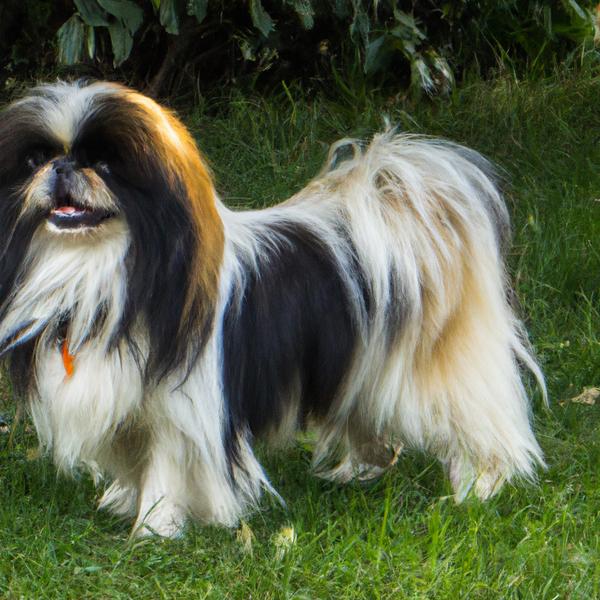
Tibetan Chin
Huskita vs Tibetan Chin

German Shorthaired Sprointer
Huskita vs German Shorthaired Sprointer
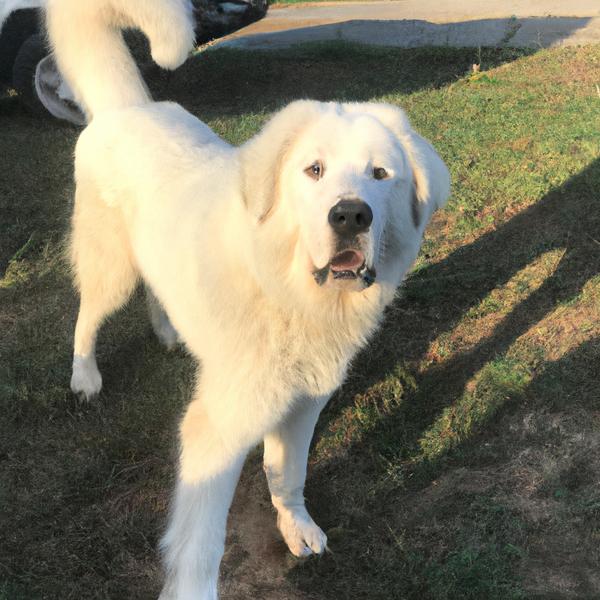
Great Pyrenees
Huskita vs Great Pyrenees
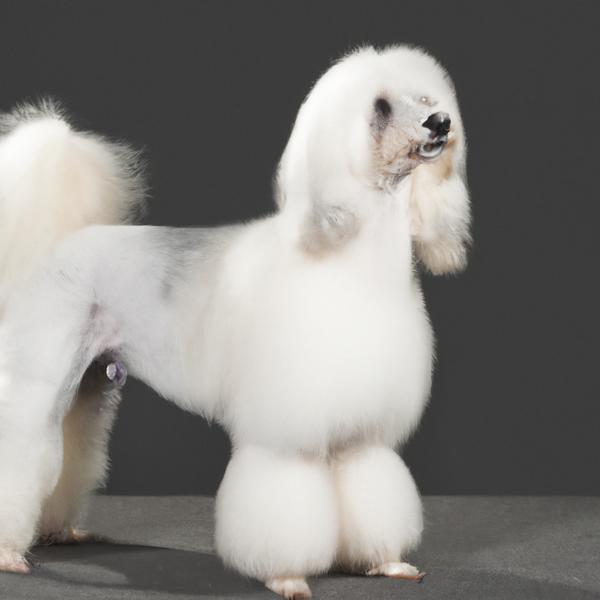
Corillon
Huskita vs Corillon
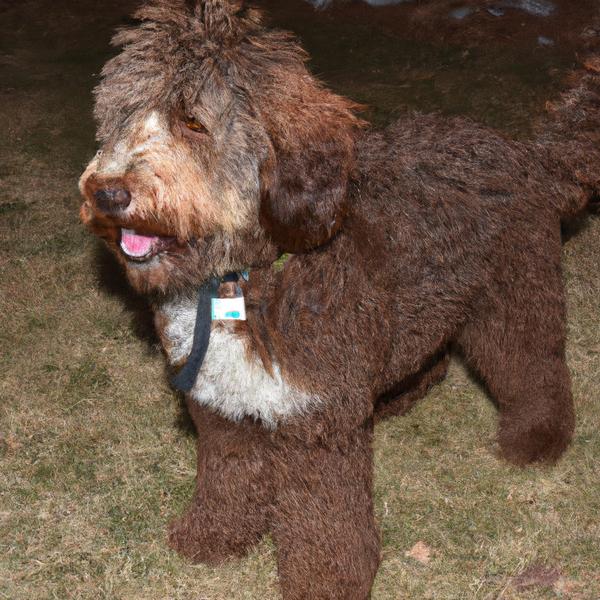
Tervoodle
Huskita vs Tervoodle
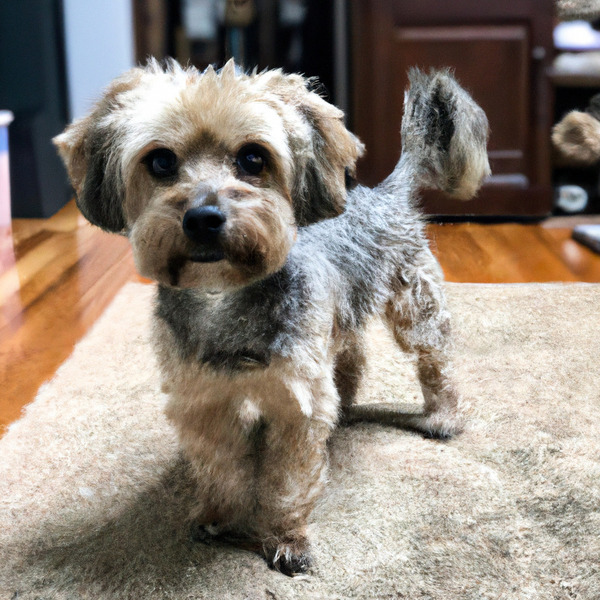
Yorkipoo
Huskita vs Yorkipoo
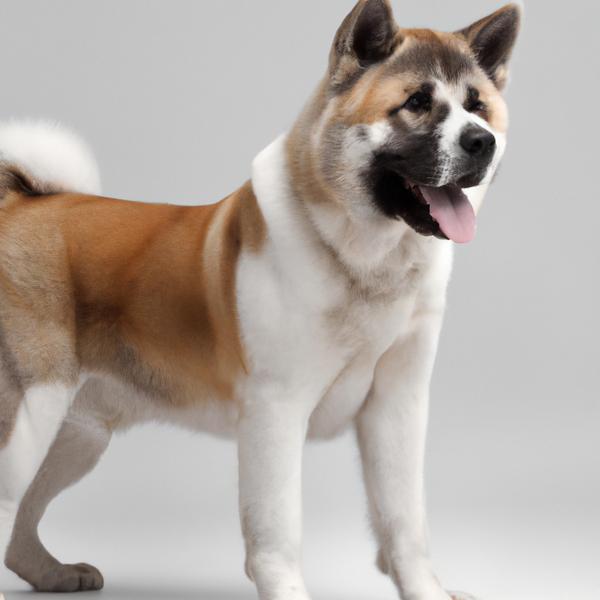
Akita Shepherd
Huskita vs Akita Shepherd
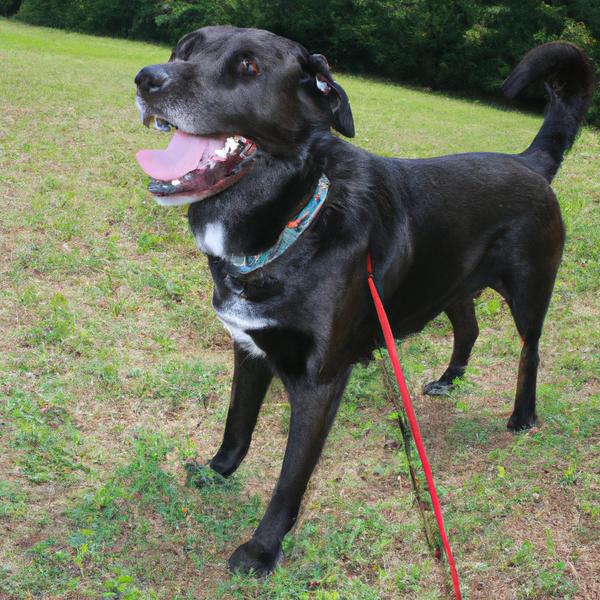
Labrottie
Huskita vs Labrottie
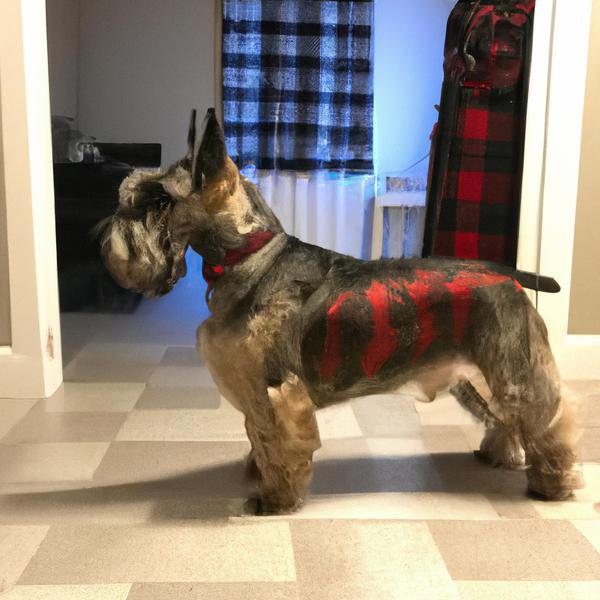
Scotchi
Huskita vs Scotchi
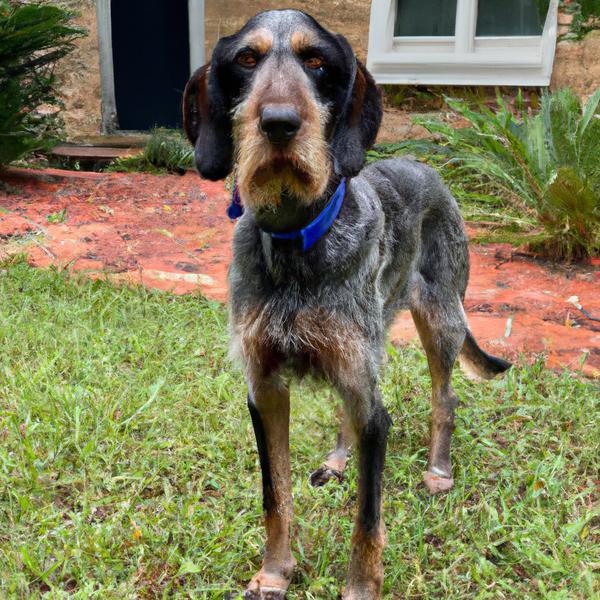
Bluetick Coonoodle
Huskita vs Bluetick Coonoodle
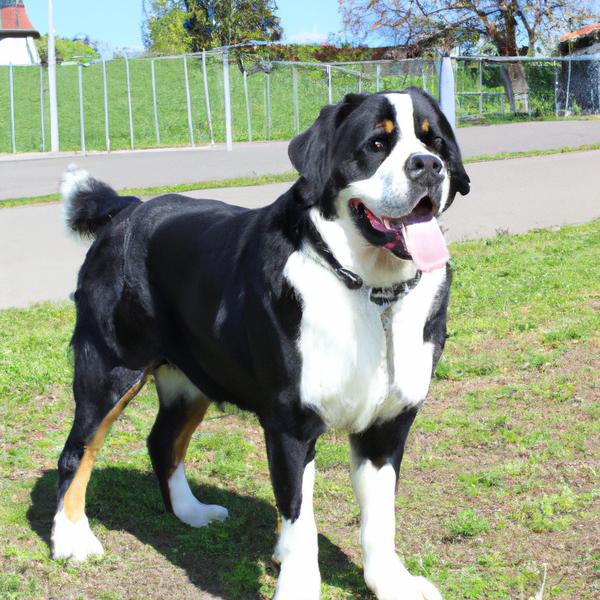
Swissy Saint
Huskita vs Swissy Saint
